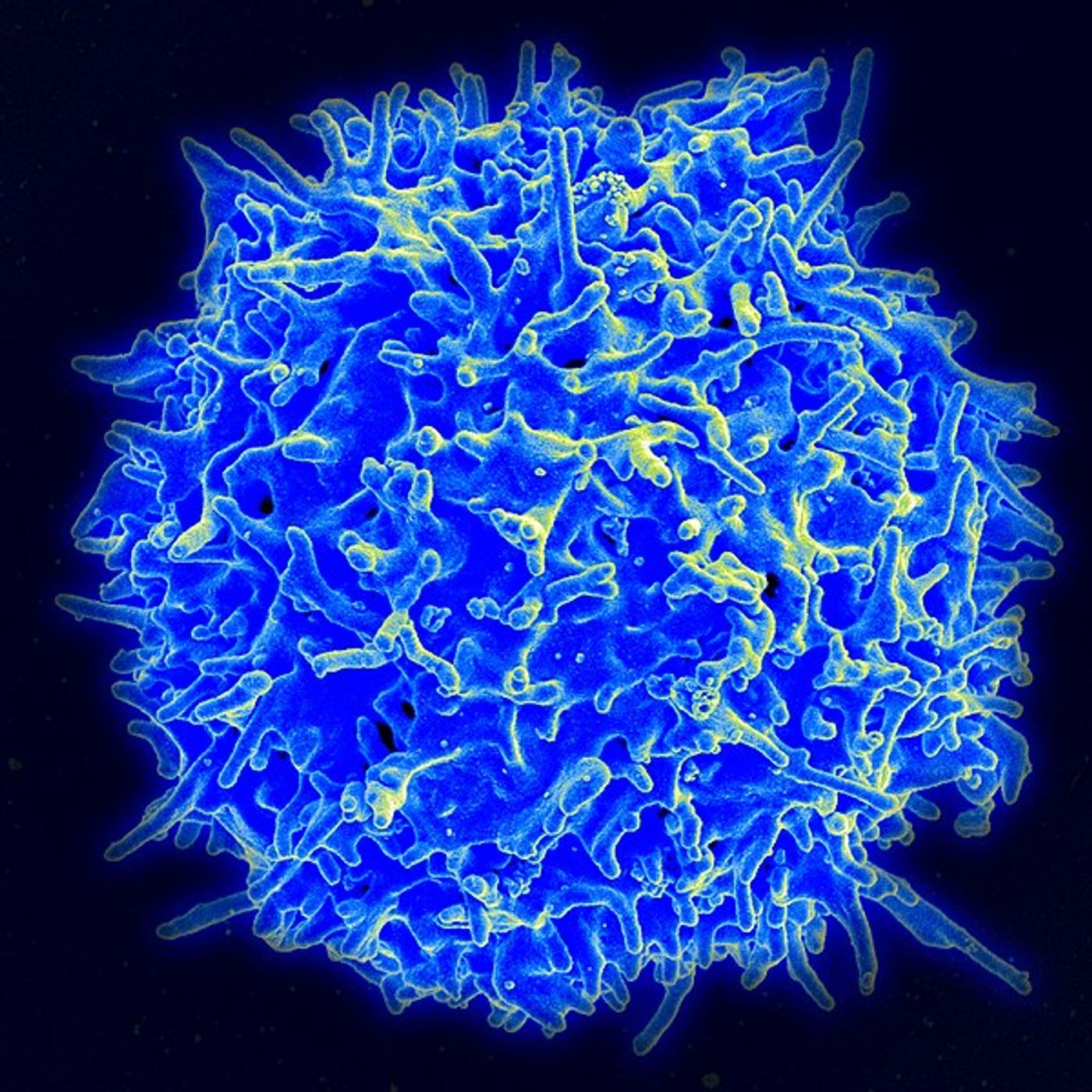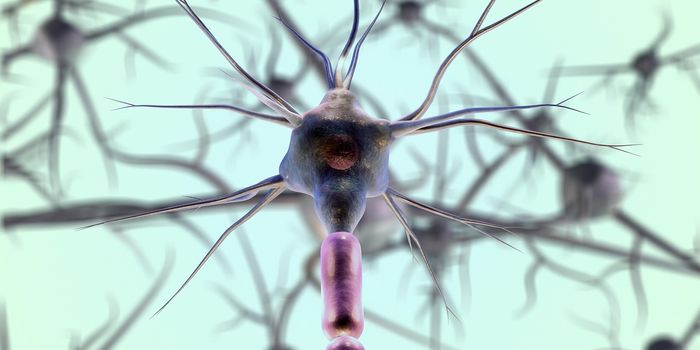Programming T Cells To Have Memory and Live for Decades
Memory T cells: where do they come from and how is their production controlled? Researchers from the Scripps Research Institute believe they have the answer, one which they hope to apply to improved treatment of chronic infections and cancer as well as enhancing the immune response to vaccines.
The key discovery was a transcription factor, a protein called Runx3 that facilitates the transition of T cells into memory T cells. This is opposed to the T cells becoming effector cells, which do not live past the resolution of the infection. Memory T cells can live for many years.
Understanding and manipulating this process could help scientists develop drugs that boost the immune response to vaccines. In other cases of chronic disease, T cells need a boost to continue fighting a prolonged attack on the body, and Runx3 could be the perfect tool to get the job done.
"There are instances such as chronic infection and tumors where the T cells differentiate in an aberrant way that shortens their life span and decreases their function," explained Matthew Pipkin, PhD. "Because our study found that Runx3 is one of the earliest players during an immune response, manipulating it might be an avenue to basically turn back the clock and reprogram dysfunctional T cells into a format that is conducive to them developing into genuine memory cells that are protective.
Pipkin and his team tinkered with Rnx3 expression to see what would happen in the cell, first suppressing it. Any cells lost would be a direct result of lacking Rnx3. So when memory T cell levels dwindled in the absence of Rnx3, researchers could confirm the relationship between the two entities. Additionally, cells with increased expression of Rnx3 produce more memory T cells.
Interestingly, these Rnx3-boosted cells were also more efficient at producing more and more memory T cells when chronically exposed to a virus - lymphocytic choriomeningitis virus (LCMV) - and bacteria - Listeria monocytogenes (compared to cells with a normal amount of Rnx3).
How does it work? Researchers observed that Runx3 suppresses another transcription factor to reduce the number of effector T cells produced, instead pushing cells to become memory T cells. Additionally, Runx3 jumps into action to do so as soon as a few hours after the initial infection.
"We know that Runx3 is working with a number of additional transcription factors and chromatin regulatory proteins," Pipkin says. "So, we are currently trying to identify them and determine how they collaborate with Runx3 to turn on and off different regions of the genome to promote memory development."
The present study was published in the journal Immunity.
Sources: Scripps Research Institute, National Center for Biotechnology Information









